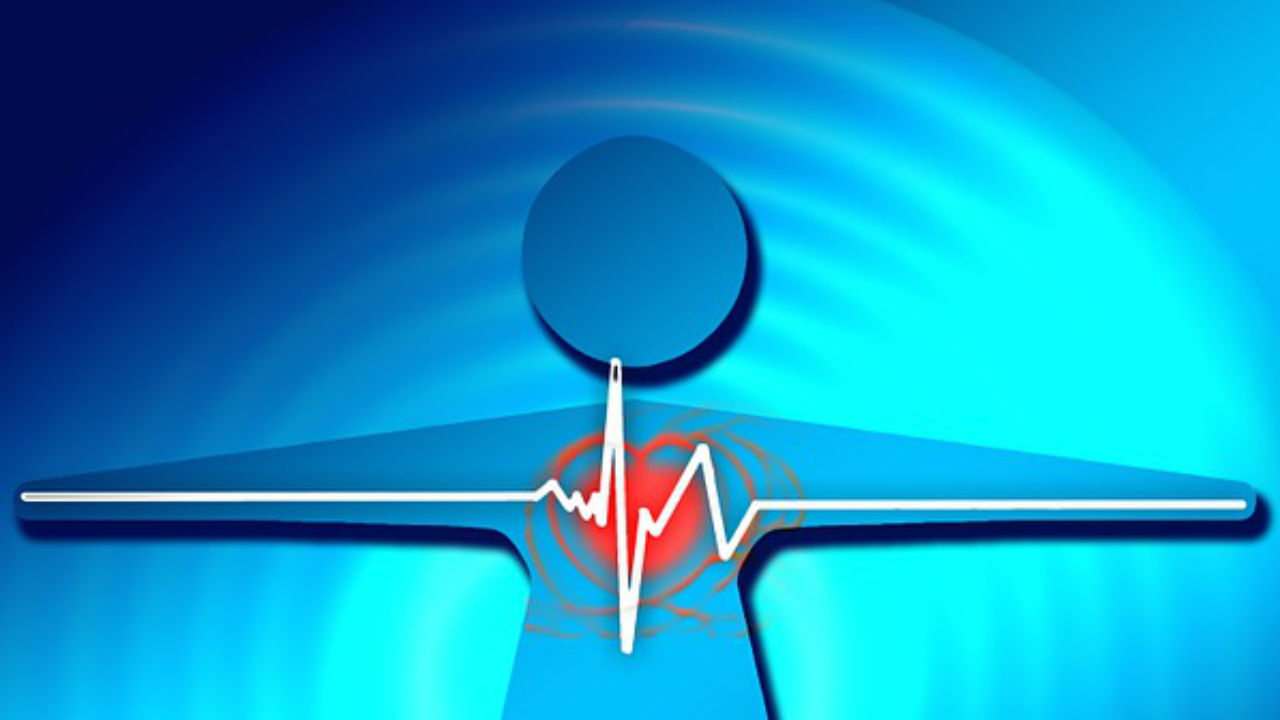Every time I read about heart disease, I keep getting coming up against a reoccurring theme in the symptom department. Whether you’re looking at a diagnosis of anxiety attack, heart attack or angina, the symptoms share commonality – chest pain (heaviness, tightness or squeezing pain in the chest), fatigue, nausea, dizziness, anxiety, sweating, and shortness of breath.
In addition, since angina is an indicator that you may have coronary artery disease, the risk factors (high cholesterol, smoking, family history, weight, cholesterol levels, activity level, etc.) for angina are going to be the same as for heart disease. With so much commonality between symptoms and risk factors, how does the doctor know if you are suffering from angina or something more serious such as a heart attack?
Initial Examination
As with any health issue, you have to start at the beginning and make that appointment and open the dialog with your physician. During the initial examination, he’ll gather information from you about your symptoms. Be prepared to discuss questions such as:
• Do you have a family history of heart disease?
• What are your risk factors for developing heart disease?
• What kind of pain are you experiencing? (Stabbing? Pulsing? Pressure?)
• Where is the pain located?
• How severe is the pain?
• How long does the pain last?
• Does the pain happen during exertion or at rest?
• Does anything make the pain better or make it go away?
• Does the pain get better when you change activities?
Your doctor will use the information that he gathers from you to determine if he thinks you have angina and if so, what kind of angina (stable, unstable or variant), that you have. He’ll also use the information as a basis for determining the next steps.
Diagnostic Tests
Depending on the information gathered, your doctor may order additional tests. These tests may include the following:
Electrocardiogram (EKG). An EKG is an extremely useful test. It works by recording the electrical activity of your heart. In addition to providing basic information on your heart such as how fast it is beating and whether or not the heart rhythm is regular, EKGs also provide information on whether or not you’ve suffered a cardiac event in the past and whether or not coronary artery disease is present. An EKG is not fool-proof as it is possible to have a “clean” EKG and still have angina.
Stress Test. Since stable angina is often exertion based, you doctor may order a stress test. Dress comfortably for this test and wear good running shoes! You’ll be asked to walk/run on a treadmill or pedal a bicycle while the doctor monitors your EKG readings and blood pressure. It’s only a 12 minute test but I’ve never actually met anyone who was able to finish the entire 12 minutes! The test is designed to stress your heart. For those unable to exercise, an alternative is available. The physician can administer a drug that will simulate a stress test and cause your heart to behave as if you were on the treadmill even though you are at rest. If this option is used, your doctor may elect to do a nuclear heart scan or echocardiography at the same time. If your arteries are blocked, your heart will not get enough blood and oxygen during the stress test and will behave abnormally. The purpose of the stress test is to gather information which may indicate that you have heart disease. The doctor will review finding such as:
• Did you experience chest pain during the stress test?
• Did your blood pressure or heart rate change in a way that was not normal during the stress test?
• Did you experience shortness of breath during the stress test?
• Did your heart rhythm change during the stress test?
Chest x-ray. Most of us are familiar with x-rays. A chest x-ray involves making a picture of the inside of the chest and the surrounding organs (heart, lungs and blood vessels). This test can be used to determine if you have any signs of previous heart failure. In addition, it can be used to reveal lung disorders or reveal other underlying causes for your chest pain which are not related to heart disease.
Coronary Angiography and Cardiac Catherization. One of the tests that your doctor may ask you to undergo is a coronary angiography and cardiac catheterization. This test is more invasive than other tests. Generally, the test is administered either at a hospital or other outpatient/day surgery facility. The doctors will insert a catheter (long, flexible tube) into one of your blood vessels. The most common locations are your groin area, neck or arm. Once inserted, it is then threaded all the way to your coronary arteries and dye is injected. Once the dye has been injected, x-rays are then made of the coronary arteries. You are awake during the procedure.
Blood Tests. A simple blood test can tell your doctor quite a bit about the state of your heart. With a blood test, a doctor is able to determine the levels of cholesterol, fats, sugars, C-reactive protein (CRP) and proteins present in your blood. The results of these tests may show if you are at risk for developing heart disease.
Based on the information gathered from the examination, and various tests, the doctor will make a determination regarding whether or not the pain you are experiencing is angina or something more serious. Regardless of the underlying cause, pain is not a normal state. You should assume that any chest pain is serious until your doctor tells you otherwise.
Until next time, here’s wishing you a healthy heart.
(Disclaimer: I am not a physician and nothing in this article should be construed as giving medical advice. As with any medical decision, please consult your physician.)
Note: For more information on heart health related issues, please visit other “A Woman’s Heart” articles by this author.
Sources:
Mayo Clinic Staff, Angina, The Mayo Clinic, 25 Jun 2009, http://mayoclinic.com/health/angina/DS00994
What is Angina, US Department of Health and Human Services, National Heart Lung and Blood Institute, http://www.nhlbi.nih.gov/health/dci/Diseases/Angina/Angina_WhatIs.html






Add a CommentComments
There are no comments yet. Be the first one and get the conversation started!